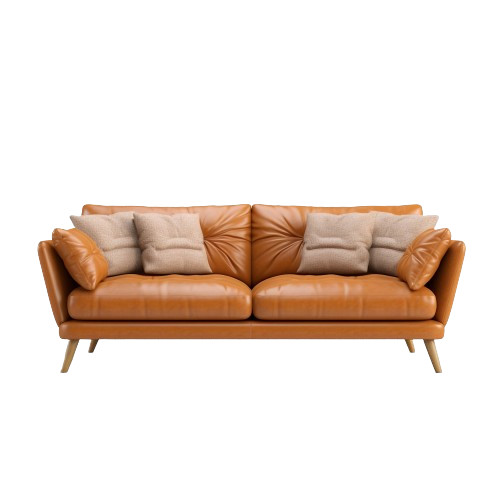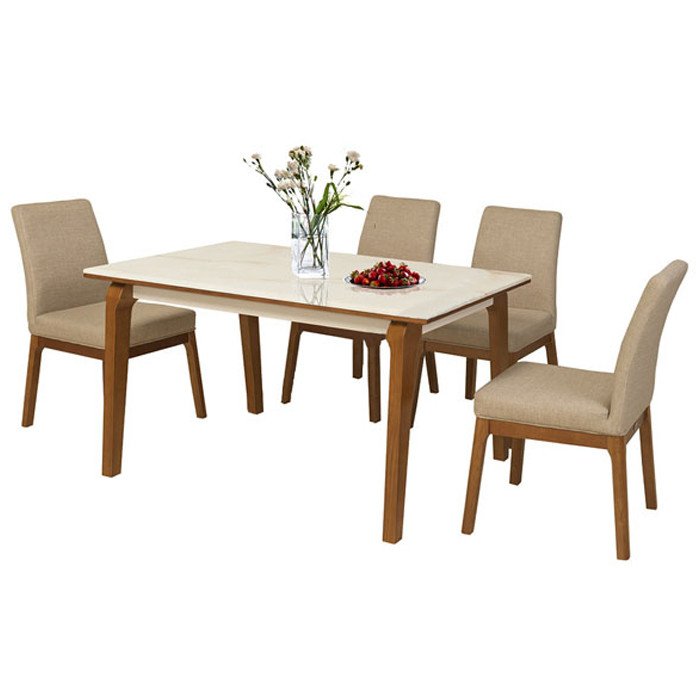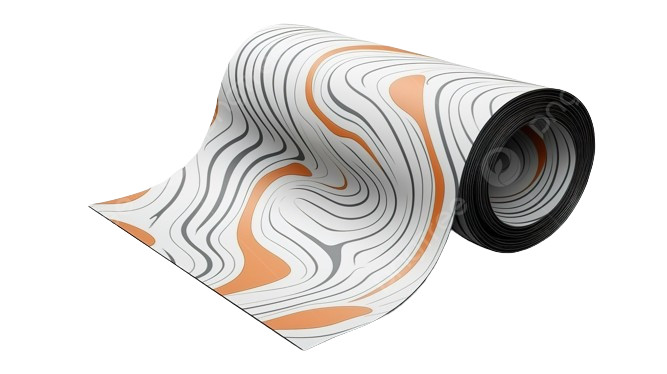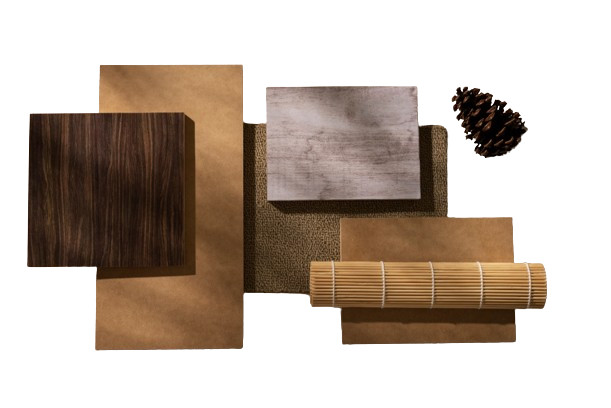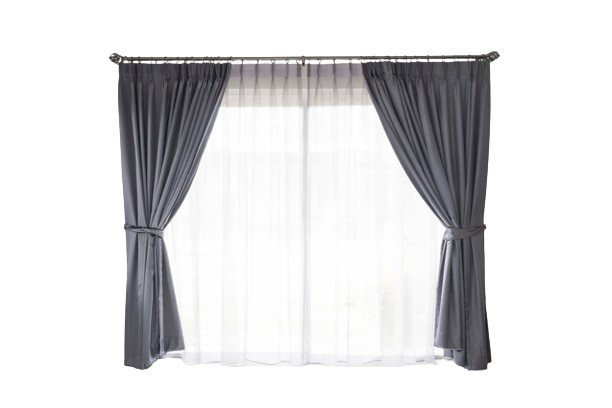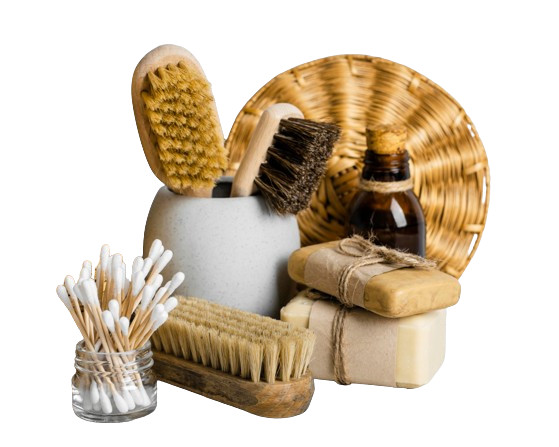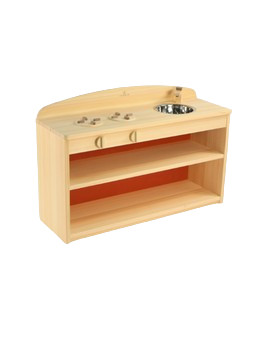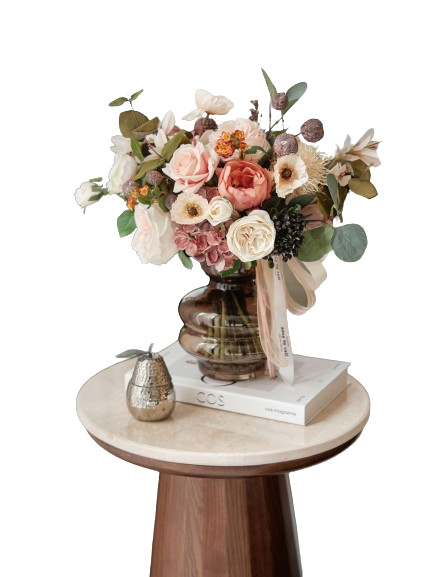TATAMI MAT
THE SOUL OF THE JAPANESE HOUSE
Almost all Japanese people dream of having a Japanese-style room with traditional pieces like paper doors and tatami mats when they build a house or choose an apartment. The owner is always proud of their light-filled Tatami mat rooms because of their distinct delicate and beautiful attractiveness and soft scent. Tatami mats are the "soul" of every Japanese home, sort of like a floor mat. It is an essential component in home design. What qualities does this kind of mat have, then? Please follow the article below, along with Adorn Museum!
1. Tatami from a noble item to a "friend of hundreds of families"


The name "Tatami" (敳), which dates back thousands of years, is derived from the verb "Tatamu," which means "to fold" or "to arrange," and can be applied to thin items that can be folded for use as lines, spreads, or covers. The Heian period (794–1185) saw the emergence of modern Tatami, as the thicker mats were attached to the floor and primarily used to line the bed quarters of the Emperor and other prominent persons.


When the Muromachi period (1336–1573) arrived, home construction evolved and tatami was employed to cover the whole floor. Formal occasions like the Tea Ceremony are also held in rooms lined with tatami, which gave rise to the development of regulations for behavior when sitting on mats as opposed to chairs. The lesser classes of Samurai, on the other hand, could not spread their sleeping quarters with anything except thin mats and dry straw, as they lacked the "honor" to access those rooms.


Tatami started to cause a "fever" among common people during the Edo period (1603–1868), which eventually extended to the countryside and became into a cultural icon of the Japanese people. Even though tatami has steadily disappeared from contemporary European-style homes since the Meiji reform, rooms adorned with tatami mats—known as Washitsu—remain authentically Japanese, and possessing one is a source of pride for the homeowner.


2. Tatami mat structure
A Tatami mat consists of three parts: the mat core (畳床), the mat cover (畳表), and the mat edge (縁).
- Mat core: approximately 5 cm thick, braided with dry straw. People have been employing synthetic plywood instead of styrofoam plastic in recent years because straw has grown harder to find, the manufacturing methods are more involved, and straw mats are heavy and quickly attract mites and mold.

- Mat cover: quite thin, woven from Igusa grass (lamp wick grass) or sedge, used to cover the outside. The mat can be used on both sides. After about 3–5 years, people will turn the inside out to use as a new mat. When both sides are dirty or scratched, you can replace the mat with a new one and keep the inner core intact.


- Mat edge: composed of fibers from cotton, linen, and silk; used to join the two sections above. To add a different kind of beauty to the area, many mat borders are also printed with patterns or dyed with colors.


In addition, tatami, which is read as "jou", is used to compute room area. It comes after the count. A conventional Tatami, measured by Kyoto standards, is 1,910 meters long and 0.955 meters wide (1.82405 meters). We may estimate the area of the room based on whether it is four, six, or eight mats wide. The room has six mats in the picture.

 3. Outstanding characteristics of Tatami mats
3. Outstanding characteristics of Tatami mats
- Tatami mats give a soft feeling

Why is tatami such a popular food in Japan and around the world? The most logical response to this query will be Tatami's amazing qualities. Tatami has good elasticity because it is created from "super soft" Igusa grass, or dry straw that has been squeezed together. makes the ground seem soft underfoot, making it ideal for families with small children or the elderly. Users of tatami mats experience what it's like to walk on lush grass. The distinctive natural material will make you feel delicate and tender.
- Tatami is warm in winter and cool in summer


Whether it's hot or cold, Tatami satisfies the Japanese custom of taking off their slippers when entering the house. They are comfortable to sit on, lie on, and walk on without sandals because to their superior heat insulation. Tatami mats stay cool in the summer and warm in the winter because their straw fibers, which are manufactured entirely of natural materials, exchange moisture and air with their surroundings. What could be more ideal than having a seemingly straightforward Tatami mat that exudes a delicate, beautiful elegance, is secure, and can be used for a variety of activities, including entertaining and living? The mat is very difficult to burn and the fire does not spread quickly because the straw core is densely woven into a thick layer and the mat's cover is damp.
- Decorate the house


The Tatami mat is an essential "friend" of Japanese homes, adding air to the space and displaying a delicate yet beautiful beauty. It is a source of pride for the homeowner. Tatami mats are still in use today, not just in Japan but in many other nations as well. Vietnam is one of them; the nation has been using mats for many centuries. Vietnamese households benefit from the elegance and simplicity that tatami mats provide. Its cool natural materials are especially well-suited to the climate of Vietnam.
4. Experiencing Tatami mats' advantages through all four senses



- Regarding vision: There is never enough light in the Tatami room. Japanese residents in Washitsu sit on cushions called Zabuton or on a type of chair without legs called Zaisu instead of on leg-supporting chairs. Additionally, the Kotatsu heating tables, or tables together, have a very simple design. According to studies, people are more likely to become easily agitated when they stand tall, but they will feel more comfortable and at ease when they stand low, like in the Washitsu space.

- Regarding touch: It is estimated that a Tatami mat may take in 500cc of water vapor on average from the surrounding air. Similar to a machine's function, this amount of water vapor will be produced when the room becomes too dry. Dehumidifying involves misting organic moisture. Tatami also has the benefit of not being hot in the summer or cold in the winter due to the mat's thickness, which makes heat transmission difficult. This "miracle treasure" will enable Japanese people to more comfortably take advantage of the four distinct seasons.

- Regarding smell: Tatami has the capacity to absorb NO2 gas, which is an air contaminant, preserving the freshness of the air. Phytoncide, an antibiotic with antibacterial and stabilizing properties that help the mind rest like taking a bath in nature, makes up 20% of the scent of igusa grass.

- In terms of hearing: Tatami can also absorb noise, which makes it a great option for residents of busy apartment buildings.
ADORN MUSEUM
Location: O-1, TM.01, 1st Floor, Orchid 1 Tower, Hado Centrosa Garden No.200 3/2 Street, Ward 12, District 10, Ho Chi Minh City, Viet Nam.
Hotline: (+84) 28 3930 3428
E-mail: support@adornmuseum.com
Operation time:
8:30 - 17:30, Monday - Friday & 8:30 - 12:00, Saturday


